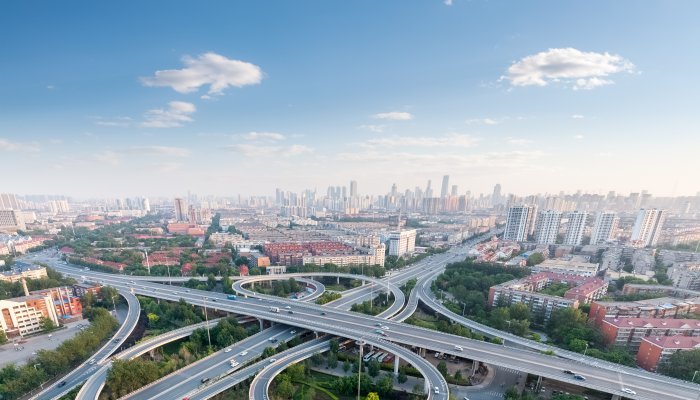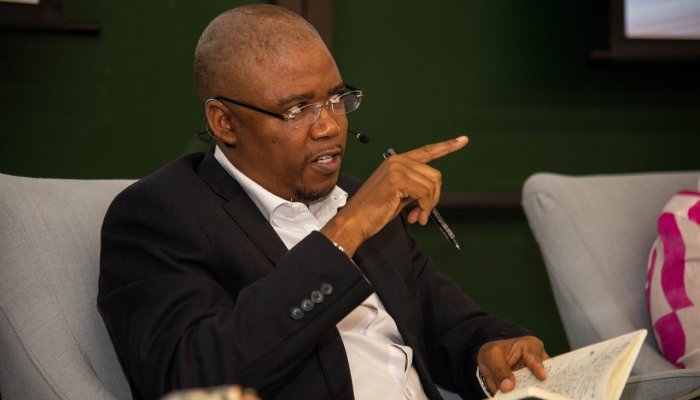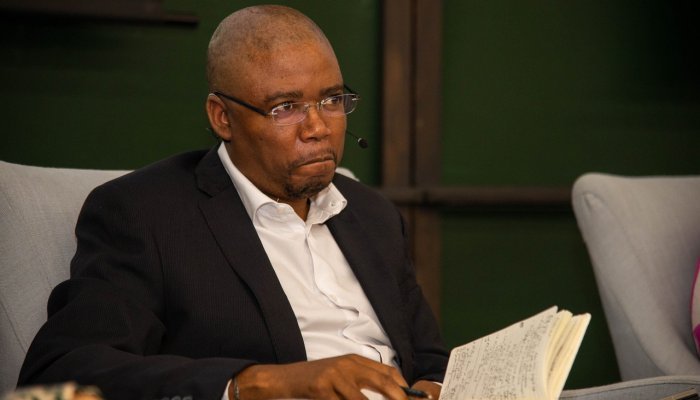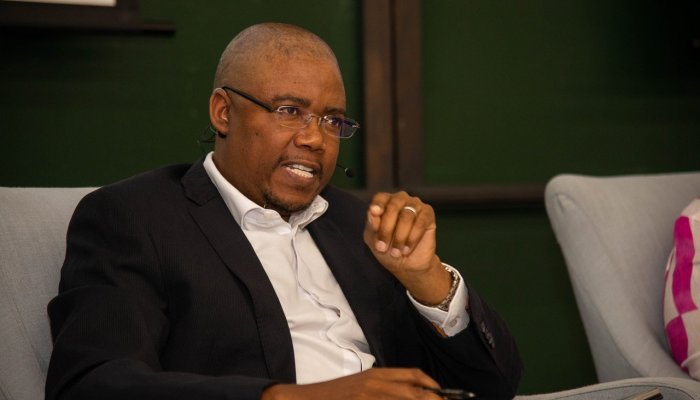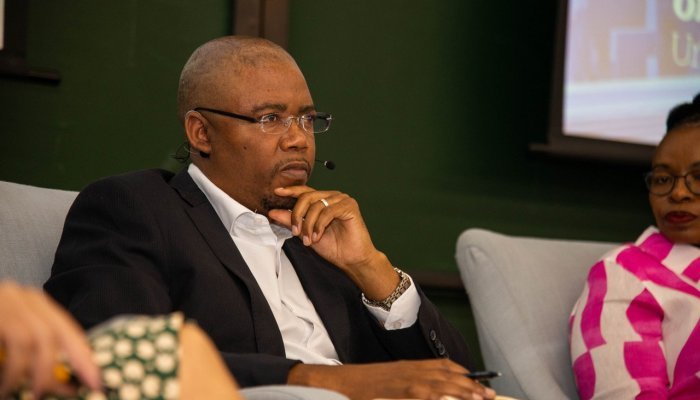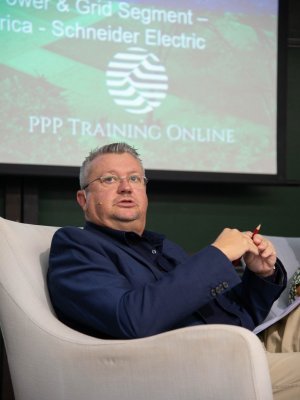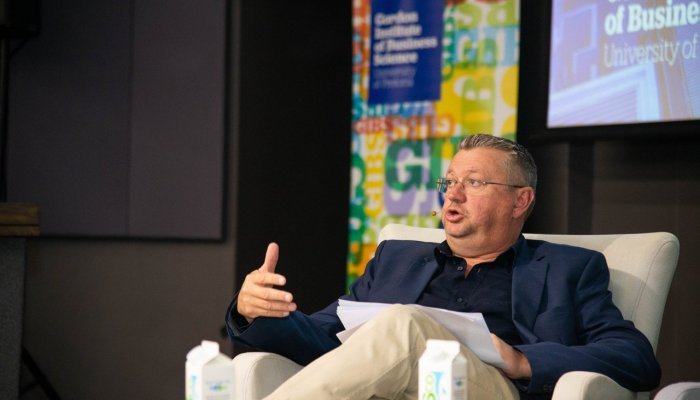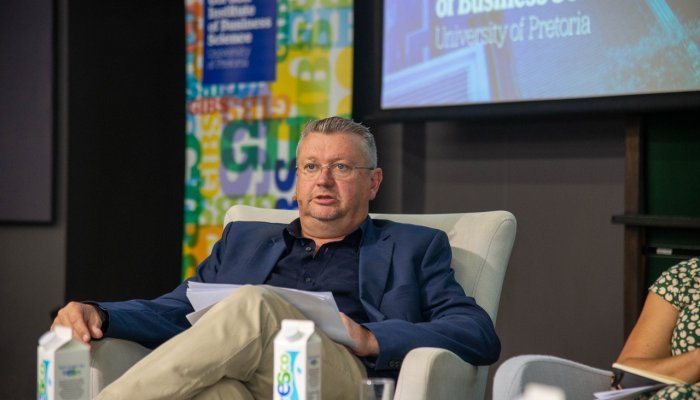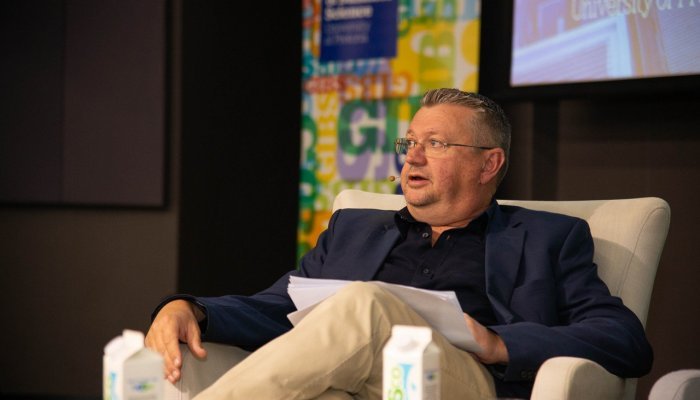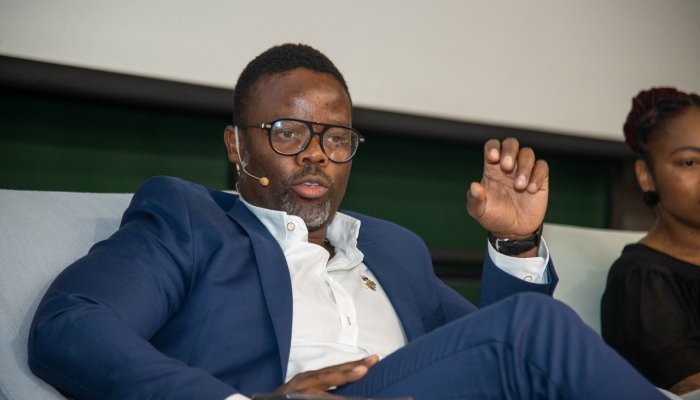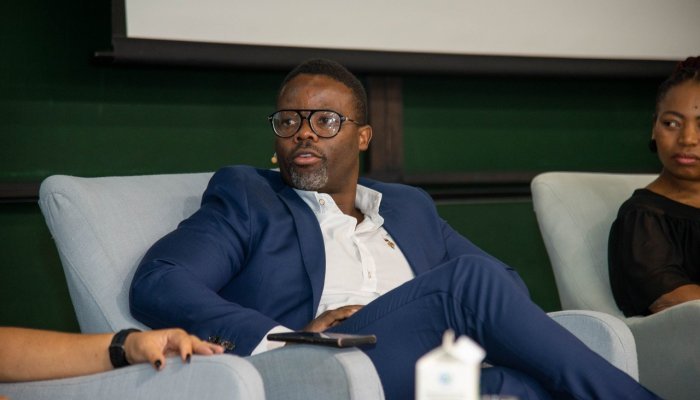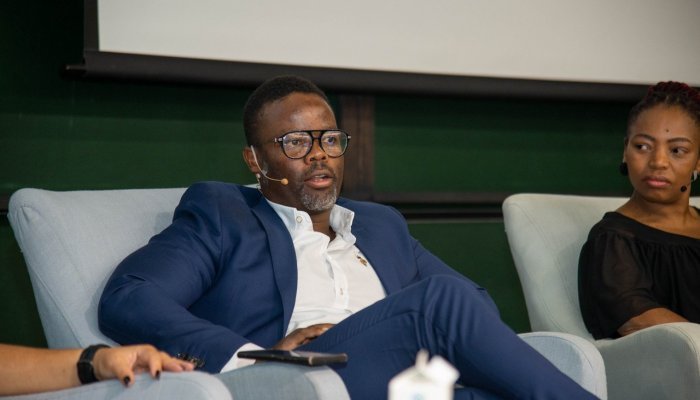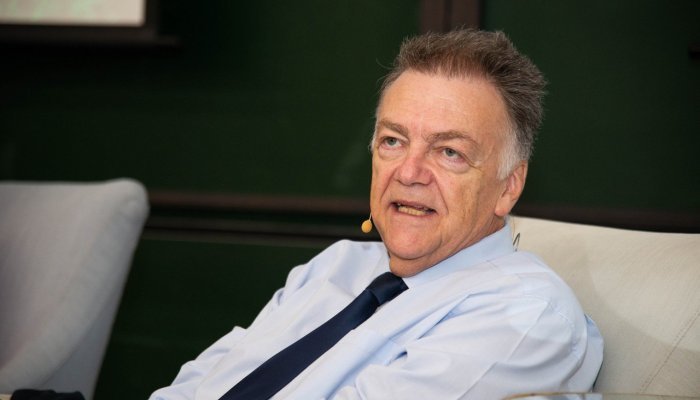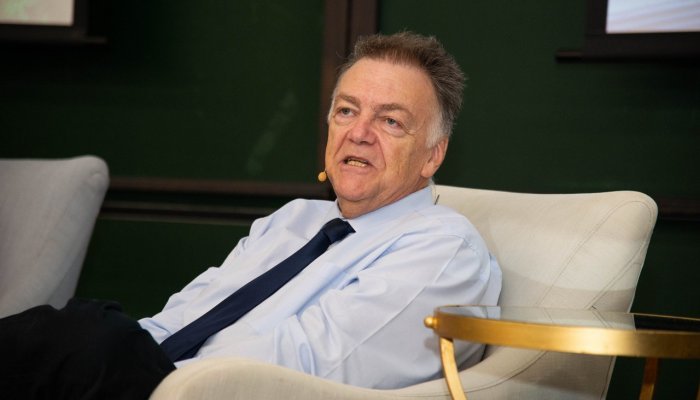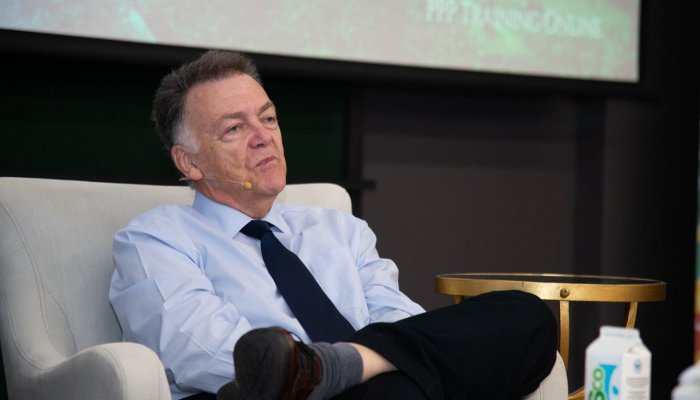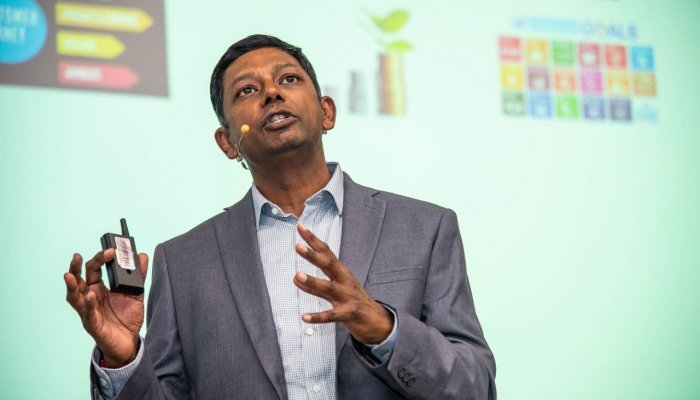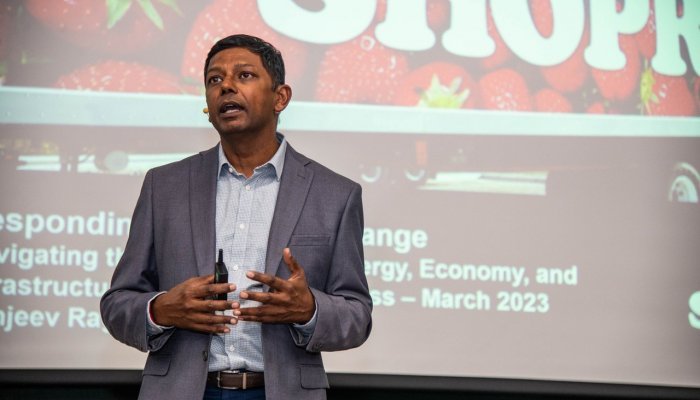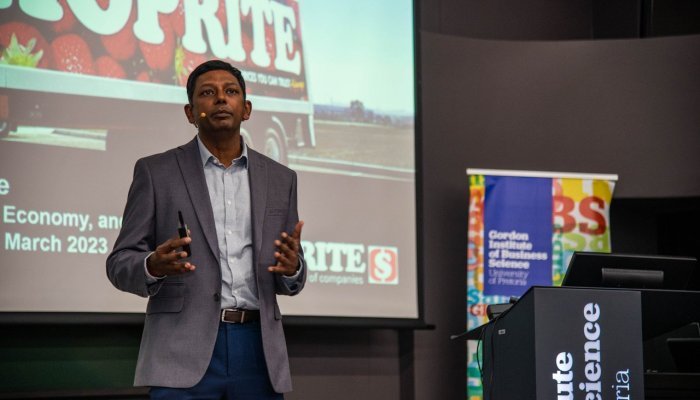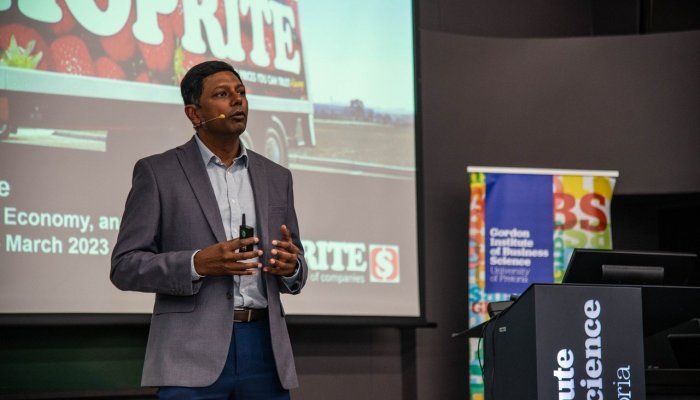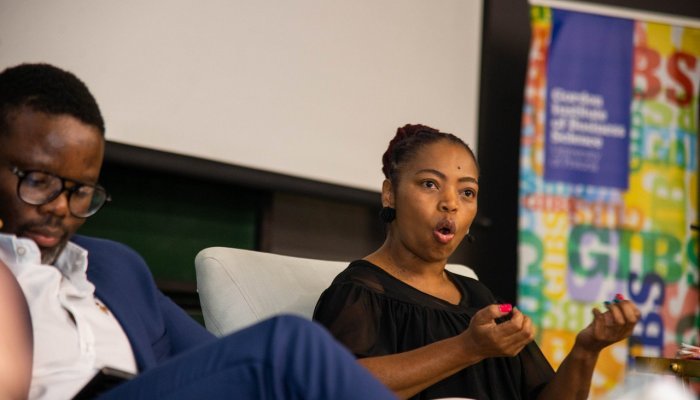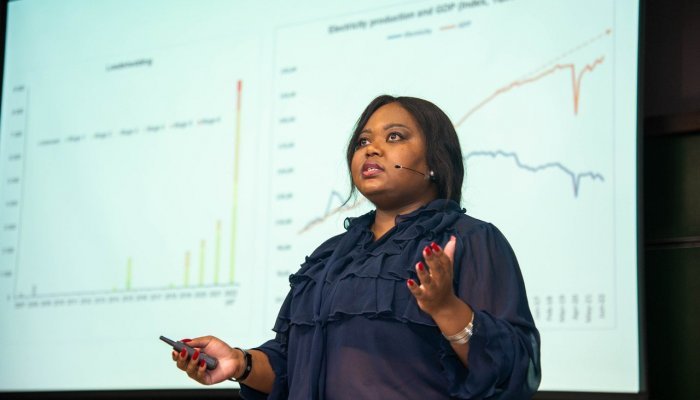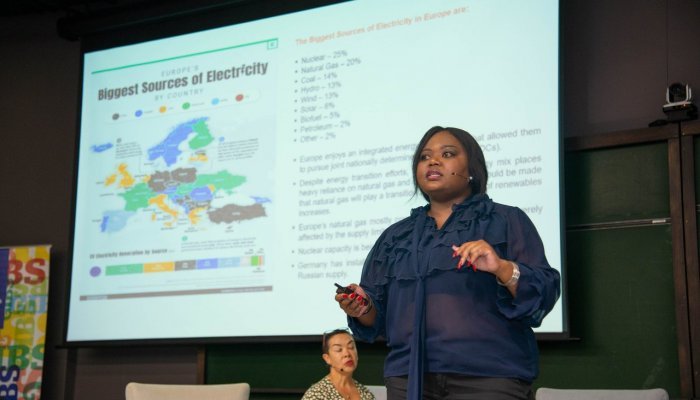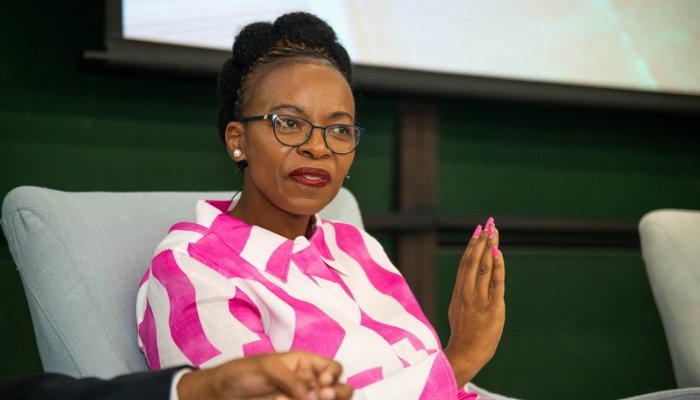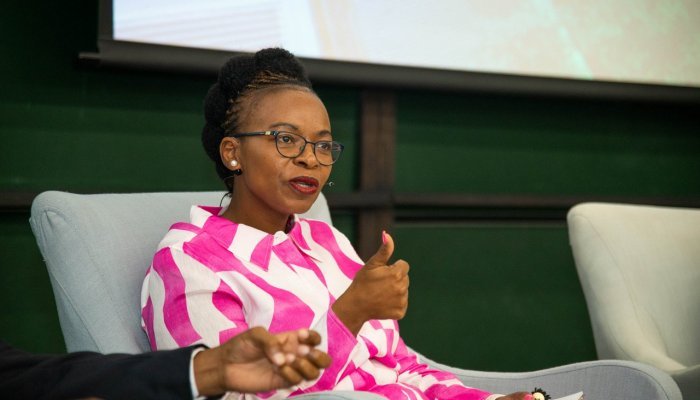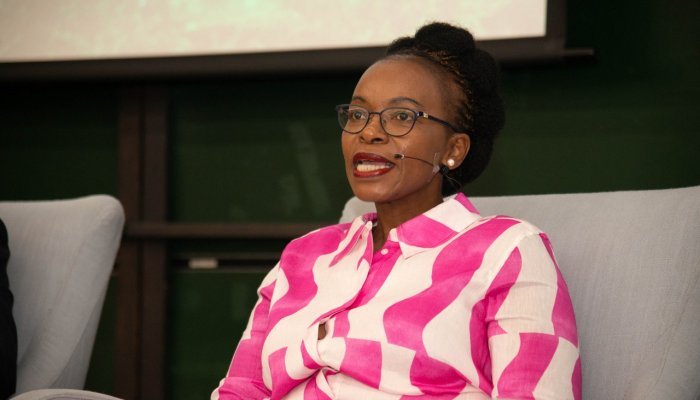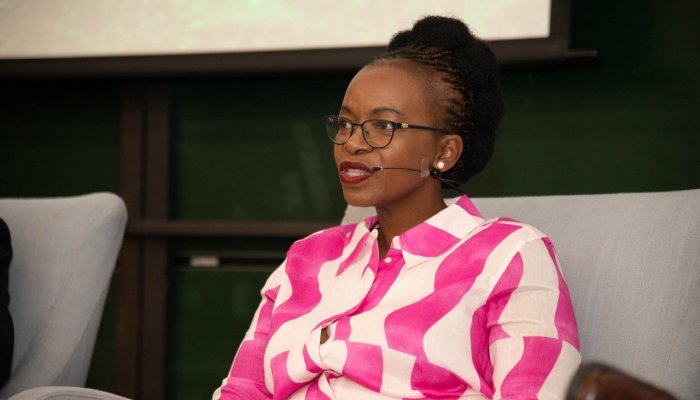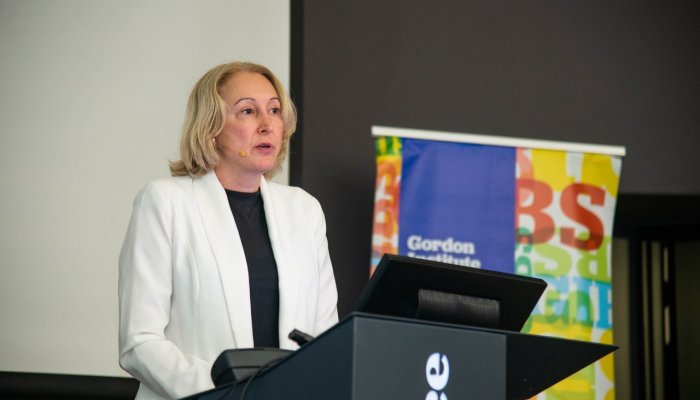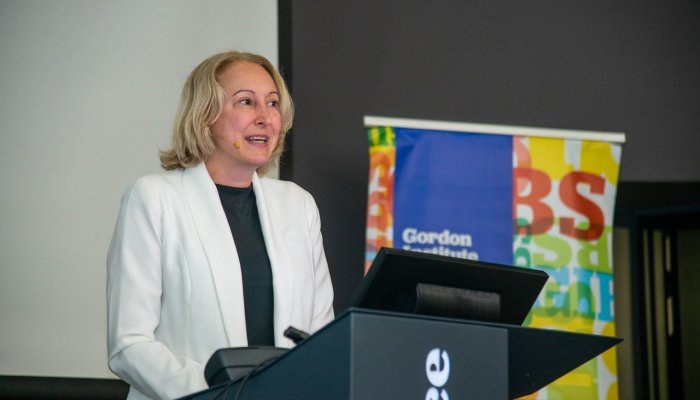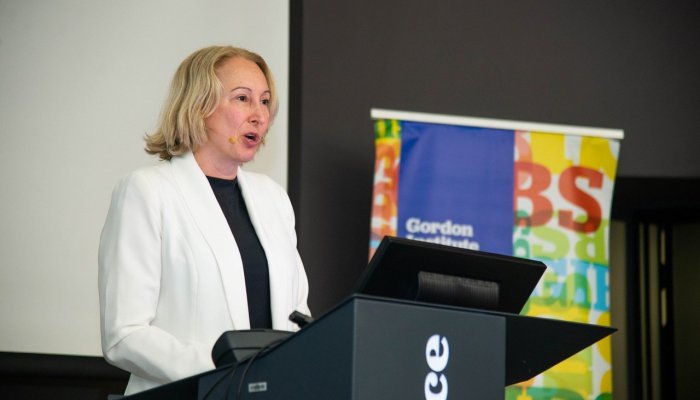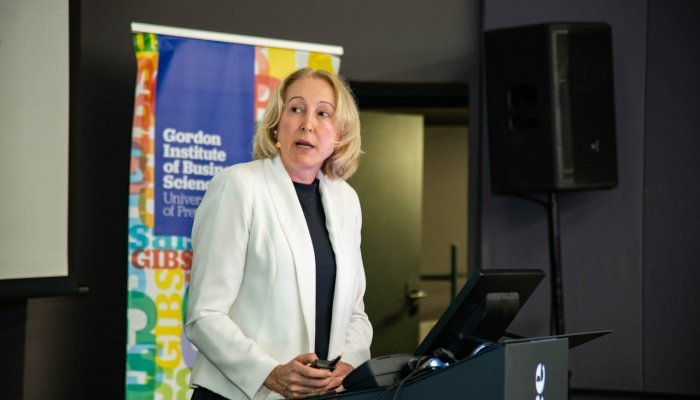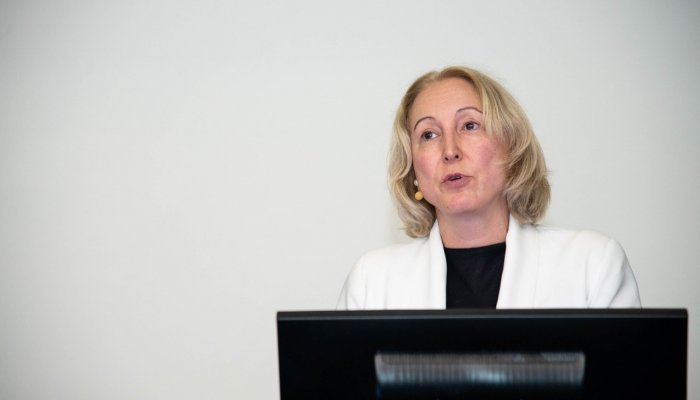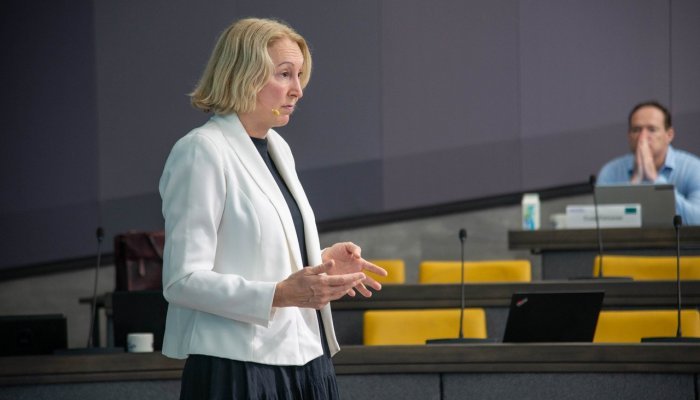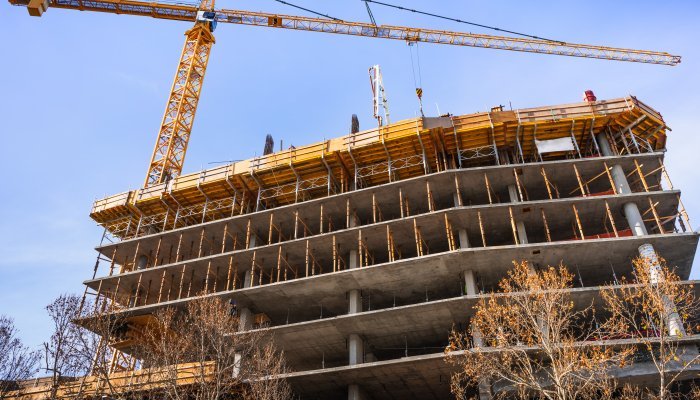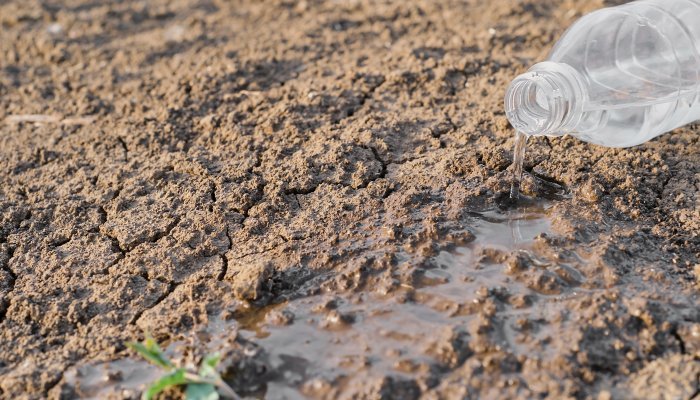South Africa’s infrastructure is at a critical inflection point. Utilities crucial for the country’s economic advancement, including energy, water and ports, as well as road and rail transport infrastructure, have all come under extreme pressure over the past few years. Many have simply reached breaking point.
Social infrastructure resources such as hospitals and schools have deteriorated to the point that they are at risk of failure.
Simple tasks such as turning on a tap or switching on a light are often taken for granted in many parts of the world. But these actions underpin our democracy, food security and our economy.
The situation has reached a crisis point in the energy sector – with South Africa experiencing 141 consecutive days of rolling blackouts at the end of 2022 and beginning of 2023.
This lack of electricity has had a cumulative effect on all of the country’s crucial infrastructure: healthcare, education, water and sewerage, and manufacturing cannot operate under these conditions.
Some suggest more private sector participation could be the solution to overhaul decrepit and deteriorating infrastructure. But what is the government’s constitutional obligation to ensure access to functioning infrastructure for all?
Energy experts, infrastructure leaders and advisory professionals addressed the GIBS Conference on the Intersection of Energy, the Economy and Infrastructure on what is needed to get the country’s infrastructure, and its economy, working again.
Unfit for purpose
“Infrastructure is a matter of human rights,” Bongi Ngoma, the national head of audit at the Office of the Auditor General argued.
Ageing infrastructure, huge backlogs in repair and maintenance, as well as the increasing demand placed on existing infrastructure are all problematic. “We are simply not seeing delivery due to poor project management and there is no consequence management for non-delivery. We have a culture of poor performance and a lack of accountability,” she said.
The president of the South African Institution of Civil Engineering (SAICE), Steven Kaplan, explained that functioning infrastructure is crucial for a functioning society. No sector of infrastructure operates in isolation, as they are all interconnected.
SAICE’s November 2022 Infrastructure Report Card, which presents an assessment of the current condition of key infrastructure in South Africa, found that the country’s infrastructure is “unfit for purpose”.
The report distinguishes between social infrastructure, which meets social needs, and economic infrastructure, which makes business activity possible.
“We are not spending enough money on infrastructure maintenance, and where we are spending money, we are doing so inefficiently,” Kaplan said.
He said other concerns included neglecting to plan for new infrastructure, poor end user behaviour, including theft and vandalism, and a culture of non-payment.
Data and maintenance on the current condition of infrastructure is necessary to enable planned maintenance. However, “there is no long-term planning, no routine maintenance work scheduled and no meaningful budgets. A lot of departments we contacted for the report simply do not know what they have, or what condition it is in, let alone what maintenance it needs,” Kaplan said.
The infrastructure skills deficit is of critical importance, and mentorship of young graduates is necessary to create a professional core of engineers at local government level.
“Proper capacitation of the public sector will lead to an improvement of infrastructure in South Africa,” Kaplan explained. Service delivery, he argued, should be separate from politics. “Service provision should carry on regardless of who is in power through a professional bureaucracy.”
Annabel Bishop, the chief economist at Investec Bank, said the government needs to evaluate what infrastructure is critical for the country, and which state-owned enterprises need to become profitable. “Eskom has brought us close to 0% GDP growth. We really are in a crisis from an economic growth perspective. South Africa requires substantial infrastructure investment in electricity, ports and rail.”
Energy outlook
The outlook for South Africa’s year-on-year Q1 GDP figure for 2023 has been dimmed to 0.7% by the worsening supply of electricity, Bishop explained. Furthermore, there is concern the GDP figure for the year might drop to 0.1% on the back of continued load-shedding.
Energy economist Lungile Mashele said while Eskom’s fleet had been unavailable for much of the year due to breakdowns, the availability factor had improved “marginally”. However, Mashele warned the outlook for the next year was bleak, forecasting load-shedding every week.
“Government does not understand the severity of load-shedding,” said the chairperson of the South African Independent Power Producers Association, Thomas Garner.
“We are facing an unplanned energy transition due to government’s lack of urgency and lack of proactive planning. The country can’t operate in an environment of policy uncertainty.”
Ruse Moleshe, the founder and managing director of energy and infrastructure consulting company RUBK, expressed frustration at the seeming lack of a long-term energy plan for the country, which is needed to create energy and industrial policy certainty.
Dr Titus Mathe, the CEO of the South African National Energy Development Institute, said South Africa is in the middle of what he called an “energy trilemma”, consisting of energy security, sustainability (the deployment of green solutions) and access (affordability).
“In South Africa, all three pillars are not aligned, and the current focus is on short-term plans and electricity generation. We have to look at the overall value chain and decide what interventions are needed. Energy security is not just about load-shedding, it is about having an integrated resource plan,” he explained.
Water – an existential crisis
SAICE’s 2022 Infrastructure Report Card found that the national bulk water resources infrastructure system, which includes dams, abstraction works and water transfer schemes, is at risk of failure.
There is a general deterioration of urban water infrastructure, while rural areas are even worse off. In some urban areas, “the water supply systems have been operated at full capacity and will not be able to meet growing demands unless proactive measures are taken to decrease consumption, refurbish critical components of the systems, and expedite key bulk water augmentation projects that have been delayed,” the report explained.
In 2022, just 40% of systems achieved microbiological compliance and only 23% chemical compliance.
“Water is a fundamental constraint to South Africa’s growth,” Anthony Turton, a professor at the Centre of Environmental Management at the University of the Free State, said. “Some fear that water is the next crisis, but we are already there. Water is an existential crisis that can wipe out our national economy.”
Turton suggested the country’s water be managed as a stock: “Water has multiple uses. We have to recycle our national water stock and use it at different times, for different purposes at different prices.”
Transport infrastructure – from road to rail
South Africa’s national road and rail networks are indispensable for food security and ensuring economic prosperity through the movement of commodities and goods for export.
The South African Institution of Civil Engineering found that while national roads are robust, provincial and metropolitan roads have deteriorated. Its review of rail was damning: general freight, branch lines and those operated by the Passenger Rail Agency of South Africa (Prasa) have gone from being “at risk for failure to completely unfit for purpose.”
CEO of the Road Freight Association Gavin Kelly told the conference the road freight sector is currently tasked with carrying the load that was previously transported by rail. “South Africa has a small road network, and our roads are collapsing under the volume of goods. Our roads were not intended to carry loads of this size, frequency and weight. The network just cannot continue at this pace.”
James Holley, CEO of private rail freight service company Traxtion, explained that whereas previously only private concessions or state-owned monopolies ran African railways, Traxtion pays an access fee for utilising the national track in Mozambique, Zambia, Tanzania, Gabon and Egypt. The company is currently in ongoing negotiations with Transnet.
Rail is one example where public-private partnerships in the infrastructure space could make good economic sense.
South Africa’s 21 000km of installed rail network, with a R1.5 trillion replacement cost, is comparable to that of Germany. “We have an incredible rail heritage in this country, it is an excellent economic advantage,” Holley said.
Whereas previously rail reform in South Africa wasn’t legislated or encouraged, the White Paper on National Rail Policy, published by the Department of Transport in March 2022, detailed the regeneration of the sector.
The white paper “presents a multi-decade vision of South Africa’s rail sector, in order to provide policy certainty and enable investment and private sector participation.”
“It is the first policy document on rail in living memory,” Holley said, and it recognises the underspending on infrastructure maintenance in the sector. “Government crowding in money through private operators to solve a huge economic challenge is not the same as government giving away control,” he argued.
Private sector participation in infrastructure could significantly reduce the burden on government through the provision of capital and project management skills. However, it still has a critical role to play to ensure security of supply to all and to ensure that infrastructure is accessible and affordable.
KEY TAKEAWAYS
- South Africa’s infrastructure is at a critical inflection point. Ageing infrastructure, huge backlogs in repair and maintenance, as well as the increasing demand placed on existing utilities have placed the country’s energy, water and transport networks under extreme pressure.
- SAICE’s November 2022 Infrastructure Report Card found the country’s infrastructure “unfit for purpose”.
- The outlook for South Africa’s year-on-year Q1 GDP figure for 2023 has been dimmed to 0.7% by the worsening supply of electricity.
- Private sector participation in infrastructure could significantly reduce the burden on government through the provision of capital and project management skills.


